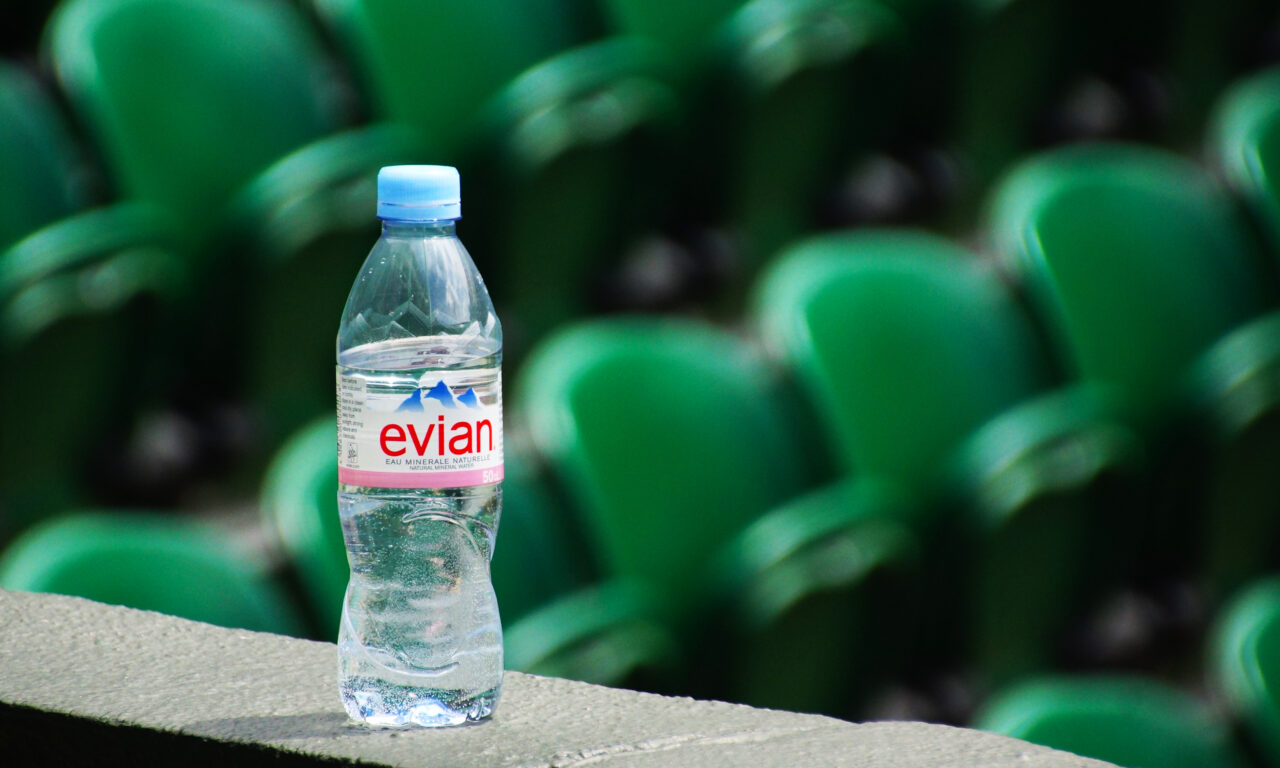Sponsorship exclusivity: Nice to have or a must have?

When Carlos Alcaraz was asked at the Cincinnati Open to cover the logo on his Evian water bottle, he refused. The umpire insisted because Aquafina is the tournament’s official water partner. On the surface, it was a throwaway exchange, but beneath it lies one of sponsorship’s biggest questions. How much does sponsorship exclusivity really matter?
Is exclusivity the foundation of any credible sponsorship, without which a brand is simply paying for exposure in a cluttered environment? Or is it an added layer of protection, valuable but not essential, that should be priced and sold separately? In other words, is it a minimum guarantee or a premium product?
Register for free access
Register now to unlock the very best expert insights, practical tips, and emerging trends to maximise the value of your sponsorships.





